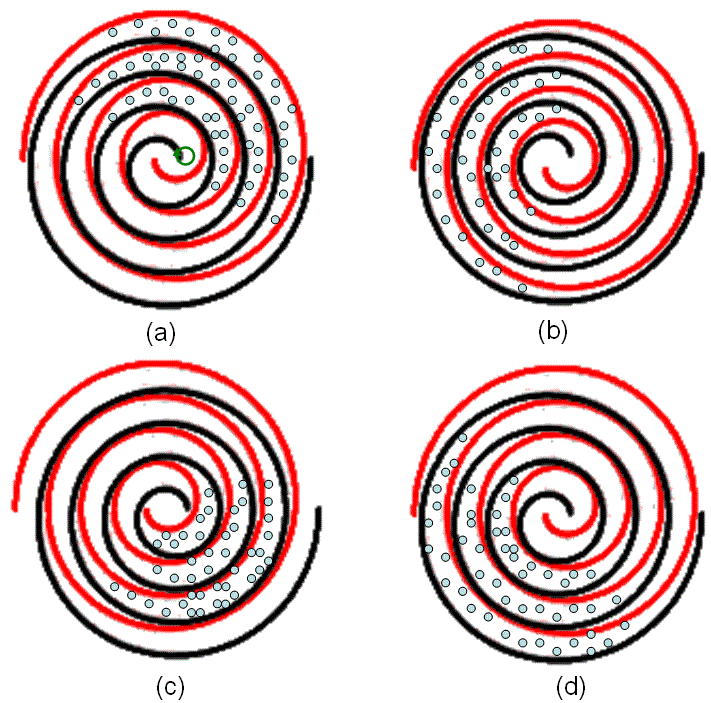A scroll pump, also known as a scroll vacuum pump or scroll compressor, is a compressor that incorporates a unique design and runs in a circular motion, instead of an up-and-down piston action. Its use is becoming more prevalent in HVAC systems because it provides more efficiency and reliability compared to other reciprocating types.
Moreover, integrated into a scroll pump is an orbiting scroll which rotates through using a swing link and one scroll that remains motionless.
Whenever this happens, the refrigerant pockets positioned between the two scrolls get pushed gradually towards the two scrolls’ center hence reducing the volume of gas. Consequently, the gas is discharged through the condenser’s center port.
The main advantage of how scroll pumps work is that it requires less torque variation as well as fewer moving parts compared to a reciprocating compressor.
Therefore, this guarantees it operates silently and smoothly. You can decide to make use of your scroll compressor in different ways to improve affordability, comfort as well as efficiency.
How do Scroll Pumps work?
The primary working parts in a scroll compressor are two co-wound scrolls with a spiral shape found within the vacuum-housing and exit valve in the middle of the scroll’s assembly.
One of these spiral-shaped scrolls is fixed, whereas the other, known as the orbiter, moves against the other without rotating.
Gas finds its way to the spiral’s open-end while one spiral circle and is then trapped in between the scrolls and then conveyed to the middle. Subsequently, the vacuum the gas occupied is then squeezed and passed in between two spirals.
While the finite gas slug is moving towards the middle, the volume it had filled reduces, and consequently, this confined gas is compressed continuously.
This continues until it reaches the housing center where it is gets expelled under pressure through the non-return valve.
Furthermore, despite no moving parts found inside the chamber needs lubrication, PTFE tip seals usually need to be changed after a particular duration as they are susceptible to wear and tear.
Types of Scroll Pumps
There are three types of scroll compressors, so it is you to decide which best serves your needs.
Single-stage Compressors:
This type of scroll pumps are often found in many home heating and cooling systems and are the cheapest as well as the simplest to operate. Additionally, the run at only one speed and single-stage units are usually used to heat or cool your home efficiently.
Two-stage Compressors:
These scroll compressors feature two different scrolls which closely match the heating or cooling output to meet the precise needs of your home.
The compressor’s ability to operate at more efficient and reduced speeds aids in the removal of excess humidity from the air.
Additionally, it also helps in the saving of energy as well as an increase to its maximum capacity if necessary to steadily maintain the temperature levels. Lastly, unlike single-stage systems, two-stage pumps offer you improved efficiency.
Variable-capacity Compressors:
These scroll pumps offer you remarkable control over your home humidity and temperature levels. This is because rather than operating in either one or two settings, they adjust their capacity in tiny increments through a broad operating range.
Therefore, this enables exact heating and cooling control, ensuring constant temperature levels in your entire home while simultaneously saving energy.
Whereas these systems are typically more expensive, they offer you exceptional savings on your monthly energy bills, and their efficiency can be twice as better compared to single-stage models.







